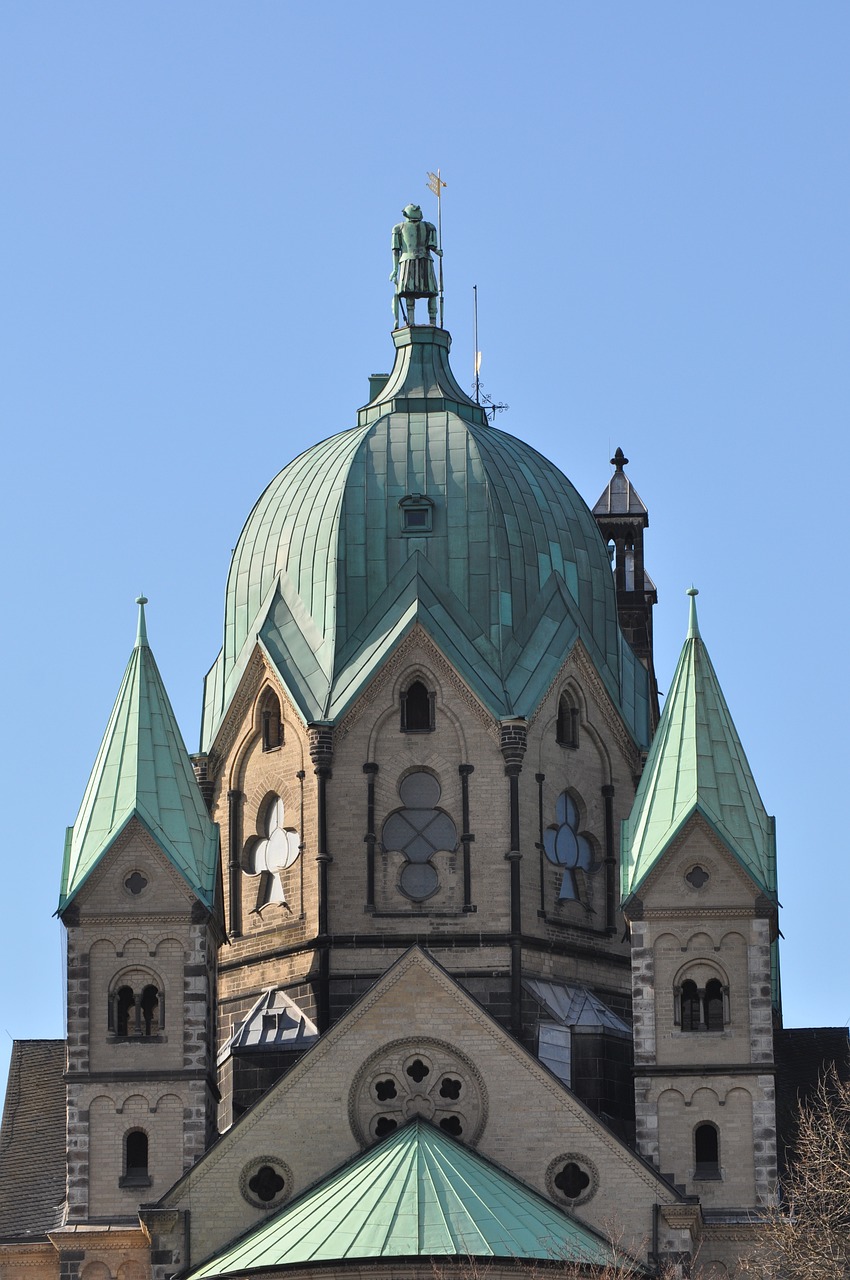Quirinus, an enigmatic deity from ancient Rome, has origins that remain somewhat unclear. Revered alongside Jupiter and Mars since Rome’s early days, he is closely linked to the Quirinal Hill, embodying the protection of the Roman citizens as well as the city’s mythical founder.
The Origins of Quirinus
Quirinus, as indicated by his name, is tied to the Quirinal Hill, which was not initially part of Rome but was incorporated after the city’s establishment. This hill was home to a settlement of non-Romans, potentially the Sabines as alluded to by Ovid, where Quirinus served as the local god. His identity might be connected to the Sabine war god, as the name “curis,” meaning spear, is derived from the Sabine language. Furthermore, the term couirium, meaning “assembly of men,” may also connect to the community he represented.
Quirinus and Romulus
Ovid recounts that Quirinus was synonymous with Romulus, Rome’s legendary founder. After he died, Jupiter deified Romulus, who, through divine intervention, announced his new identity as Quirinus. He instructed the Roman populace to erect temples in his honor on the hill that eventually bore his name.
The Trinity of Quirinus, Jupiter, and Mars
As the Quirinal Hill became part of Rome, Quirinus was officially recognized as a Roman deity. Along with Jupiter and Mars, he formed one of the earliest triads of Roman gods. Among these, Quirinus held the least prominence. His flamen, the flamen Quirinalis, ranked lowest among the three Flamen Maiores. Notably, he was also the final deity of the triad to receive the spolia opima, which were war spoils dedicated by triumphant generals to the gods.
Though originally a Sabine war god, Quirinus’s martial characteristics diminished as he was integrated into Roman culture. While he once possessed sacred weapons alongside Mars, Quirinus’s arms were maintained in a temple, coated in pitch—a traditional method for conserving unused weapons. Mars took on the role of the active war god, whereas Quirinus transitioned into a guardian figure, focusing on the welfare of the Roman people.
Quirinus’s Worship in Rome
The precise function of Quirinus within Roman religious practices remains uncertain, and the significance of his festival on February 17 is not well documented. However, his influence on the well-being of the Roman populace is visible through numerous rituals and festivals. His priests participated in important celebrations such as Consualia, Robigalia, and Fornacalia, which revolved around grain growth and preservation, indicating that Quirinus was critical to Rome’s agricultural success and overall prosperity.
Georges Dumézil interprets Quirinus’s identity as representative not merely of a local community on a single hill but as a symbol of the entirety of the Roman populace, emphasizing his broader significance in Roman society.
References:
– Ovid (translated and edited by A J Boyle and R D Woodard) Fasti 2 475-510. Penguin Classics.
– Price, Simon and Kearns, Emily (eds) (2003) The Oxford Dictionary of Classical Myth and Religion. Oxford University Press: Oxford.
– Dumézil, Georges (trans Philip Krapp) (1996) Archaic Roman Religion Vol I. The John Hopkins University Press. Baltimore and London.



